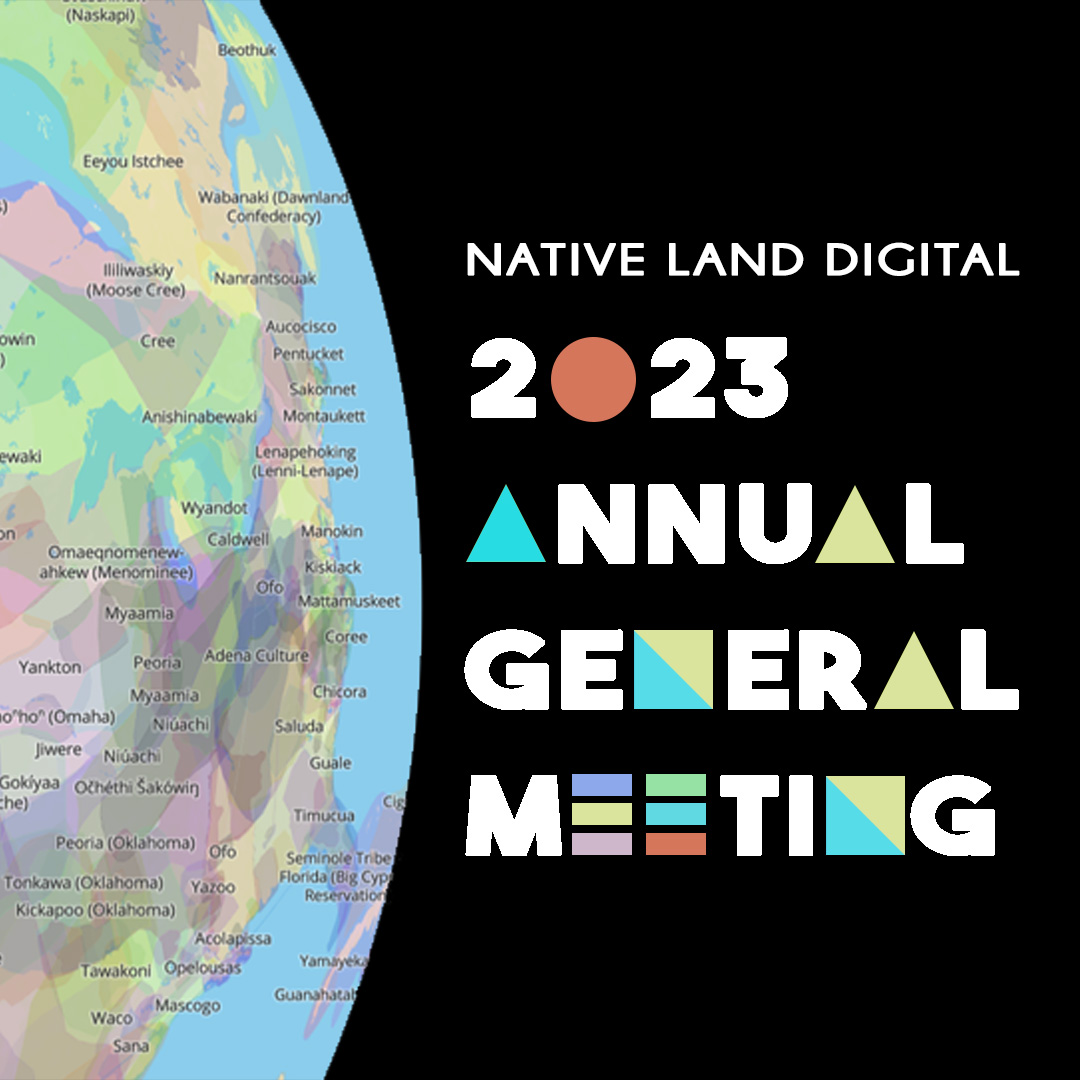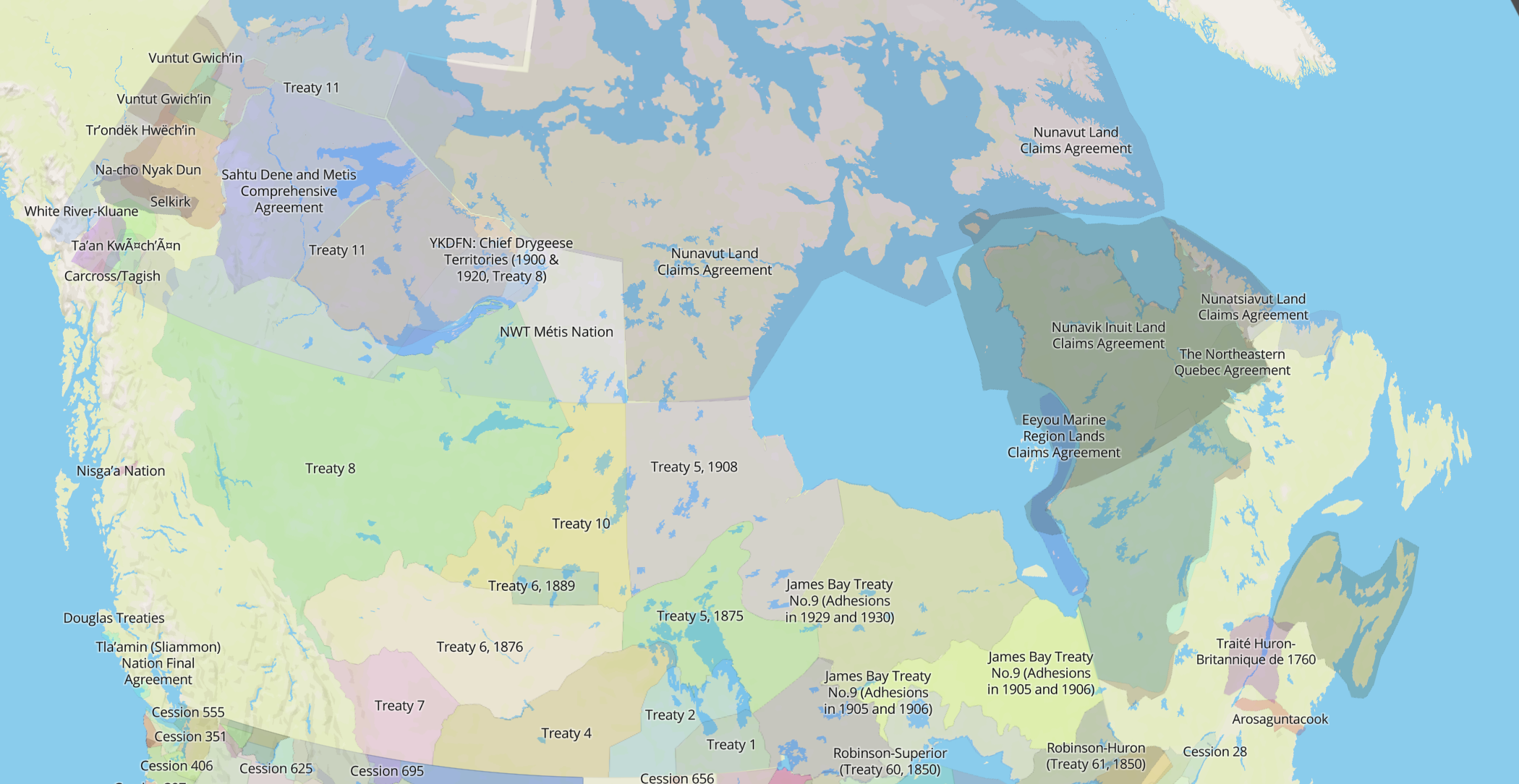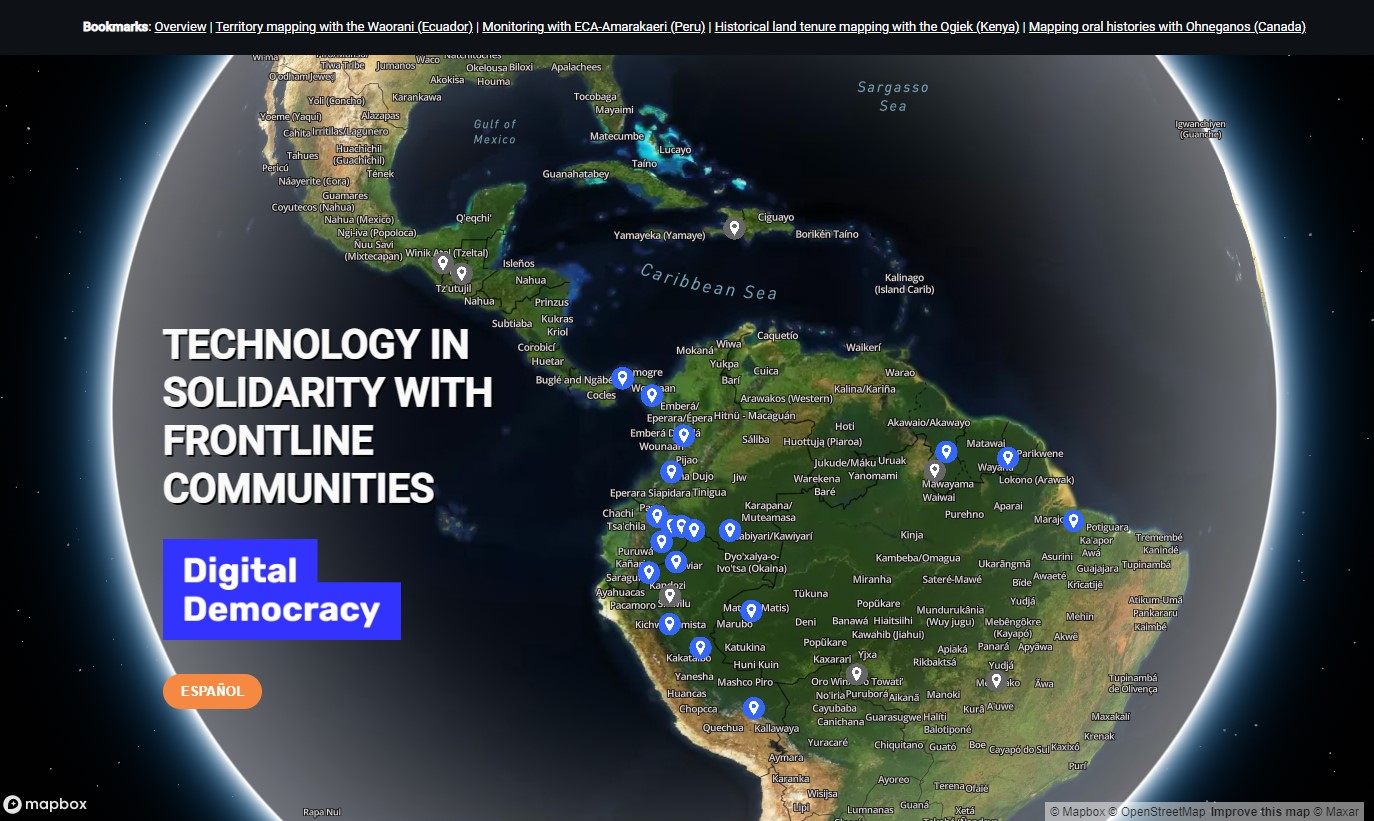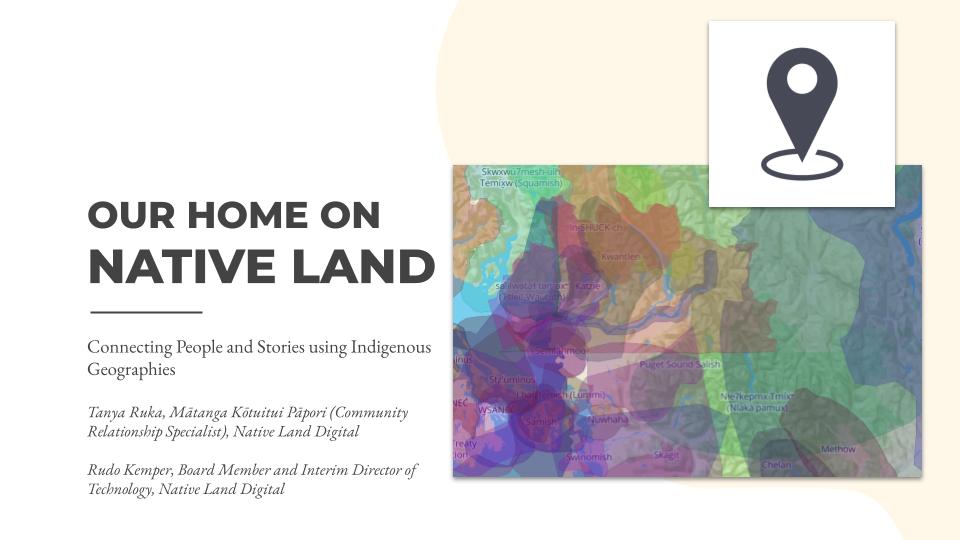By Kristen J. Nyitray and Dana Reijerkerk, September 22, 2021
A guest blog post written and submitted by Kristen J. Nyitray and Dana Reijerkerk about their research and recently published article titled “Searching for Paumanok: A Study of Library of Congress Authorities and Classifications for Indigenous Long Island, New York.” Abstract available at: https://doi.org/10.1080/01639374.2021.1929627.
Kristen J. Nyitray is Director, Special Collections and University Archives, and University Archivist at Stony Brook University.
Dana Reijerkerk is the Knowledge Management and Digital Assets Librarian at Stony Brook University.
Introduction
“Starting from fish-shape Paumanok where I was born” … Walt Whitman referencing Long
Island, New York in Leaves of Grass, 1867.
Long Island, New York is a case in point of the United States settler state landscape co-opting Indigenous peoples and places for naming geographies, beaches, and spaces. With nearly eight million residents, today Long Island is one of the most densely populated islands in the world. The Indigenous origins of the region are well represented in names of villages, bodies of waters, schools, streets, and mascots. Despite ubiquity and prevalence, the historic Indigenous origins and contexts have been largely obscured and overwritten. The Indigenous history of Long Island is both under documented and understudied, and published works that could foster new research and scholarship remain difficult to locate in library collections and catalogs.
The purpose of our study was to assess the existence and accuracy of terms in library catalog records for organizing, classifying, and describing works by and about Indigenous Long Island. It revealed a lack of representation in catalog records and suggested remediation by establishing subjects and names with accurate, culturally relevant terms. The geographic scope was defined as contiguous Long Island which includes present-day Kings County (Brooklyn), Queens
County, Nassau County, and Suffolk County. Long Island’s coastal location supported interactions between more than a dozen Indigenous peoples and extended into other areas of New York, New Jersey, and Connecticut. We compiled a list of geographic terms representing rivers, creeks, beaches, towns, neighborhoods, lakes, peoples, and Algonquin words. Localities and natural features were identified using historical maps, government and township records, gazetteers, Native Land Digital, and Google Earth. The information presented by Native Land Digital was one of the very few sources that accurately depict fluid border lines.

Through research and consultations with historian, fourteen primary Indigenous communities, represented here with modern spellings, were identified as having lived or continue to live on Long Island: Canarsies (includes Jameos and Najaks), Corchaugs (includes Yennecocks), Manhansets, Massapequas, Matinecocks, Merricks (includes Marechkewicks), Montauketts, Nissequogues, Rockaways (includes Maspeths), Secatogues, Seponarks, Setalcotts, Shinnecocks, and Unkechaugs (includes Patchogues and Unquachogs). Matinecock, Montaukett, Setalcott, Unkechaug, and Shinnecock peoples are sovereign Nations still residing on Long Island. They comprise different sets of kinship networks with unique traditions and customs.
Thirteen peoples with homelands situated in the geographic environs were included to reflect the interconnectedness among groups, caused in part by migrations and consolidations resulting from wars and forced relocations. They are Delawares, Hammonassets, Lenni Lenapes, Manhattans (Lenapes), Menunkatucks, Munsees (Lenapes), Nehantics (Niantics), Paugussetts, Pequots, Quinnipiacs, Rechgawawancs (Lenapes), Wappingers (Lenapes), and Wiechquaeskecks.
While Manhattan Island is located just west of the boundary, sources suggest exchanges between Long Island groups and Lenni Lenapes due to the proximity of traditional homelands. The Manhattan peoples were related to the Delawares and part of the Hackensack and Tappan communities west of the Hudson River. In southern Connecticut, Indigenous communities with traditional territories near the Long Island Sound include Hammonassets, Menunkatucks,
Nehantics, (Niantics), Paugussetts, Pequots, and Quinnipiacs. Some groups were tributees of Long Island Indigenous communities and express cultural and linguistic comparabilities.
We intend to submit our recommendations to the Library of Congress. Using more accurate, relevant terms is a symbolic form of land acknowledgment and accountability which fosters commemoration, reclamation, and reparation processes.
Article Citation
Nyitray, Kristen J. & Reijerkerk, D. (2021). “Searching for Paumanok: A Study of Library of
Congress Authorities and Classifications for Indigenous Long Island, New York,” Cataloging &





